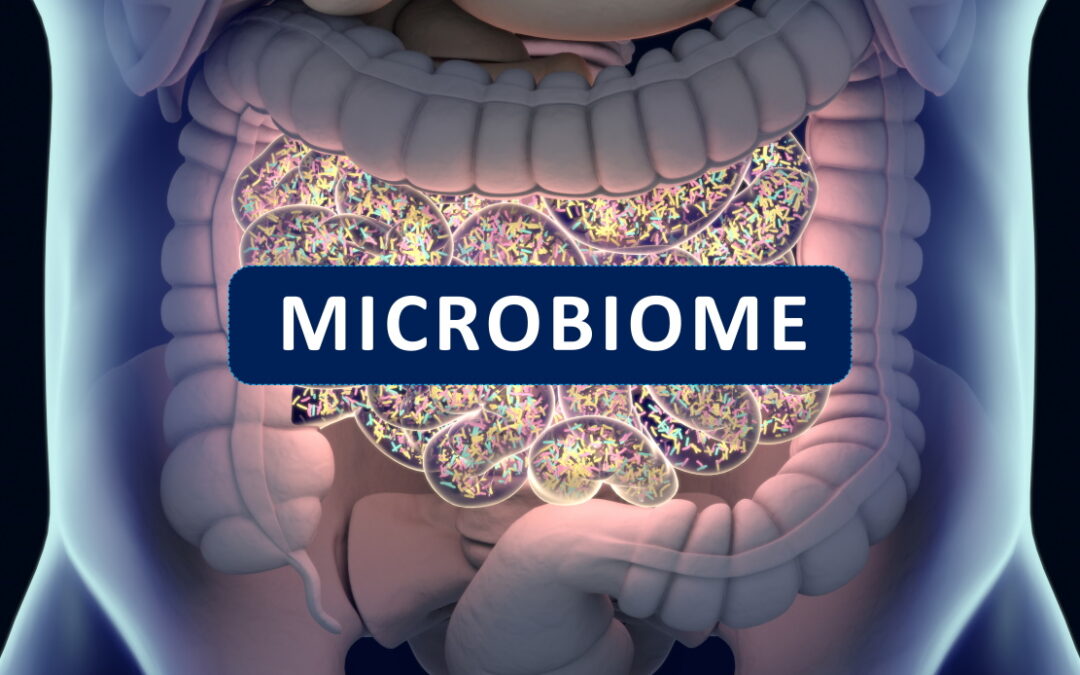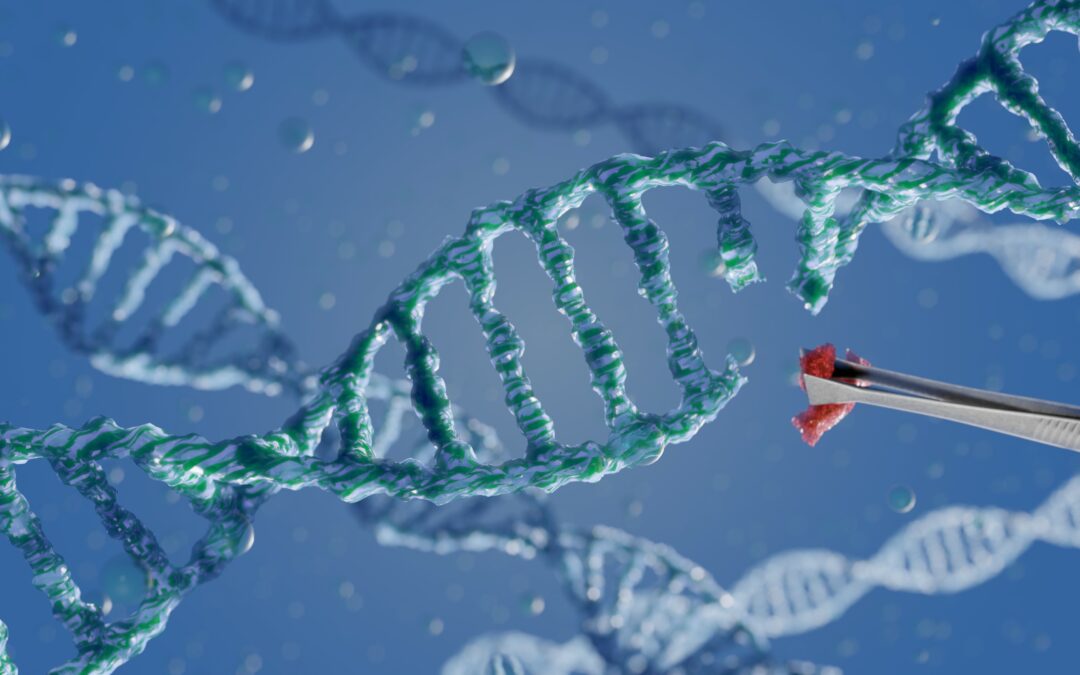
by Iliyah Maddox | Apr 25, 2025 | biology, health and medicine
Our gut contains a sleepless army, creating a hostile environment for pathogens, and helping to fortify our body’s immune defences. It may surprise you to learn that this army isn’t even human in nature, but is bacterial. The trillions of bacteria that naturally live in our gut, known as the gut microbiota, form an important component of our overall immunity against infectious disease. While bacteria can also cause disease, beneficial bacteria naturally colonise available spaces in our body, such as the gut, and play a key role in our immunity and physiology. Research conducted by Prof. Nelson Gekara of Stockholm University in Sweden and colleagues has revealed that these microscopic organisms play a crucial role in protecting us from viral infections, even in organs that are unconnected to the gut. Their study, published in the journal Immunity, uncovers a fascinating link between the gut microbiota and our body’s ability to fight viruses, offering new insights into immune function and the unintended consequences of antibiotic use.

by Iliyah Maddox | Apr 17, 2025 | biology, health and medicine
Cancer is a daunting healthcare challenge, and is still affecting millions worldwide, despite the enormous research resources that have been directed at finding effective treatments over the past decades. Many anti-cancer treatments remain poorly specific for the tumours they are intended to treat, and often suffer from modest efficacy and serious off-target effects. Part of the problem is the inherent variability between many tumours and their resulting unpredictable responses to standard chemotherapy. However, the latest advancements in precision oncology may be the start of a new paradigm, potentially providing targeted therapeutic payloads that can successfully address the specific and unique issues underlying a given patient’s cancer. Researchers such as Prof. Diana Jaalouk and her colleagues at the American University of Beirut in Lebanon are pioneering innovative tools that are changing the way we understand and treat this complex disease. Two remarkable recent technologies, CRISPR-Cas9 and PROteolysis TArgeting Chimeras (or PROTACs for short), are at the forefront of this precision revolution. While distinct in their approach, these tools share a common goal: targeting cancer with precision and minimizing harm to healthy cells. Together, they are set to reshape the therapeutic landscape.

by Iliyah Maddox | Apr 11, 2025 | biology, health and medicine
In recent years, natural products such as kratom, which derives from a Southeast Asian tree called Mitragyna speciosa, and cannabidiol (or CBD) which derives from the Cannabis plant, have gained significant popularity for their potential to relieve anxiety, manage pain, and enhance mood. While both substances are often praised by users for their plant-based origins, and are often considered safer than synthetic pharmaceuticals as a result, the scientific community is working to uncover the complexities behind how these compounds interact, not just with the human body but with each other. After all, plant-based compounds are still active, and have the same potential for benefit and harm as any drug. People who use kratom are also more likely to use CBD, meaning that they could potentially experience a drug interaction if both substances are ingested around the same time. A recent study by Dr. Erin Berthold and her colleagues at the University of Florida sheds new light on the pharmacokinetic interactions between kratom and CBD, revealing findings that are both fascinating and important for public health.

by Iliyah Maddox | Apr 11, 2025 | biology, health and medicine
We think of our brains as safe and secure within our skulls, and not easily influenced unless we consume a mind-altering substance, suffer a traumatic injury or undergo invasive brain surgery. However, recent research shows that our brain activity can be influenced non-invasively using nothing but sound and that this technique could have therapeutic potential. As a postdoctoral researcher at UC Berkeley, Dr. Ben Sorum began to think about these types of question while in the Lab of Dr. Stephen G. Brohawn. Now, Dr. Sorum’s current research at Cooper Medical School of Rowan University explores how ultrasound, which can be non-invasively administered from outside the brain and through the skull, can activate specialized proteins in brain cells, changing their activity. The technique, if further developed, may play a key role in the future of neuromodulation, a field with enormous potential for treating neurological disorders.

by Iliyah Maddox | Apr 9, 2025 | biology, health and medicine
In recent years, plant-based diets have gained significant traction, not just among vegetarians and vegans but also among individuals looking to improve their health and reduce their environmental impact. Increasing public awareness of the role of animal food production in driving climate change, along with the potential health risks of consuming large amounts of animal foods has powered this phenomenon. However, one of the ongoing debates in nutrition revolves around protein, a crucial nutritional component, and the nutritional quality of various protein sources. Can plant-based protein sources provide sufficient, high-quality protein compared with animal-based protein sources in the context of a dietary pattern? The question relates to consumer awareness and education, as not all plant proteins are created equal, and replacing meat, diary, and other animal proteins with just one or two plant protein sources may not provide everything we need nutritionally. Rather, a mix of plant protein sources may be required as an adequate replacement for high quality animal protein. As consumers increasingly replace animal proteins with plant proteins, potentially without awareness of these issues, is the overall quality of the protein they are consuming decreasing? Dr. Christopher Marinangeli of Protein Industries Canada and his colleagues set out to answer this question in their research on the effects of increasing plant protein intake on protein quality and nutrient consumption among U.S. adults.

by Iliyah Maddox | Mar 28, 2025 | health and medicine
The African turquoise killifish, also called Nothobranchius furzeri, is a small, vibrant freshwater species that is making a big splash in aging research. With our aging populations, research into aging and the mechanisms underlying age-related health issues is increasingly important. Scientists in this valuable field prize the killifish because it has a significantly short lifespan at just six to twelve months, making it an ideal model to study age-related diseases. However, as research on this species grows, so does the need for better care and monitoring of their health. In fact, distinguishing between the natural effects of aging and other health issues in these fish, such as pathogens or disease, is crucial in accurately researching age-related phenomena. Moreover, identifying health issues in laboratory fish could help researchers to better maintain health in their fish stocks, improving both experimental results and animal welfare. This is where Dr. Beate Hoppe and her colleagues at the Leibniz Institute on Aging at the Fritz Lipmann Institute, Jena, Germany, step in, pioneering a comprehensive approach to monitoring and managing killifish health that could revolutionize laboratory fish research.






